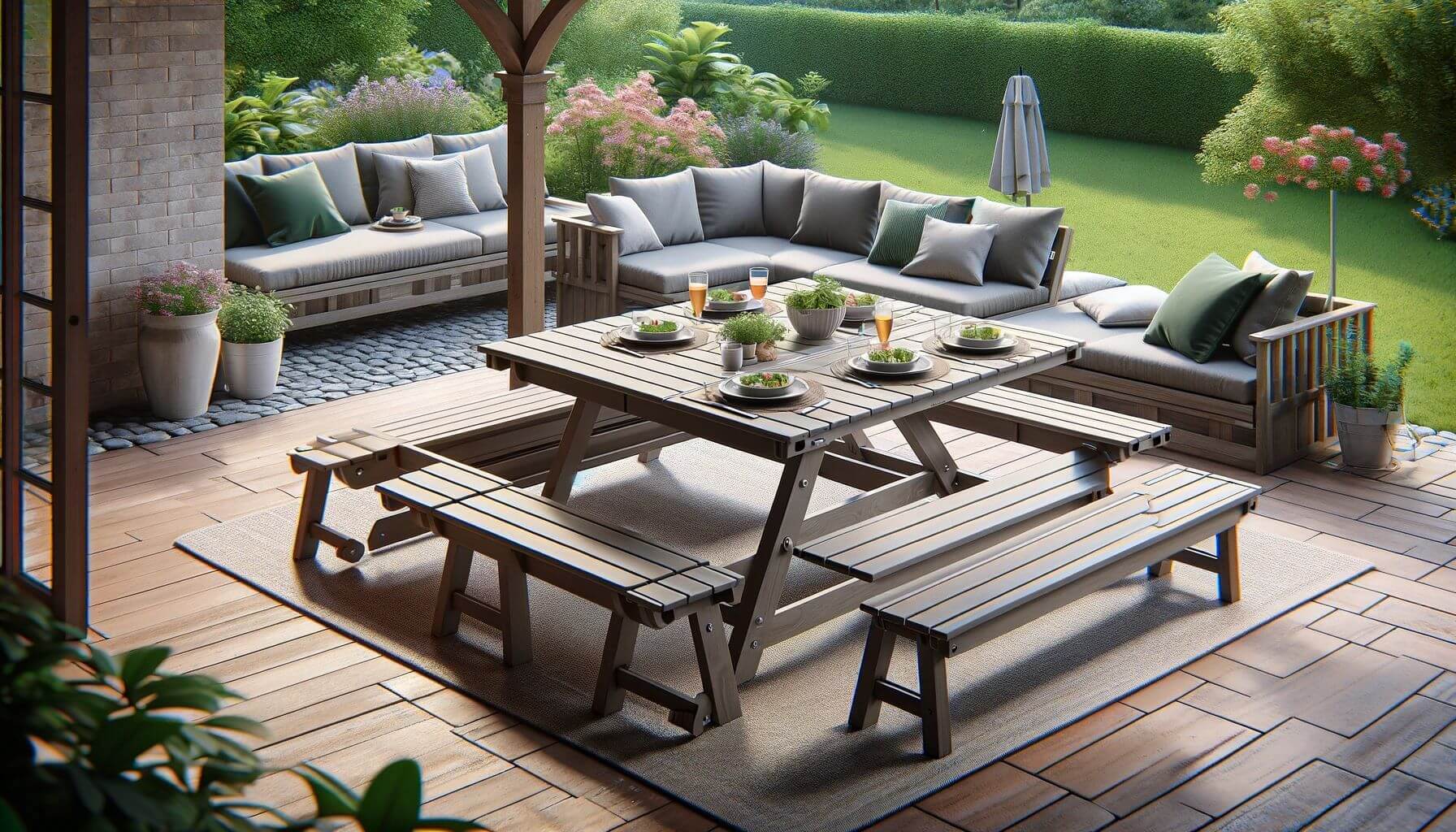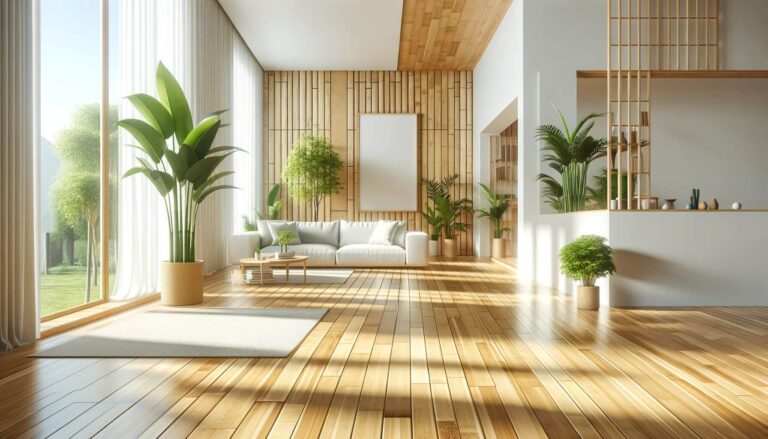
Polywood furniture is celebrated for its durability and ease of maintenance. Proper care extends its life even further, keeping it looking great season after season. This article provides practical tips and tricks on how to clean Polywood outdoor furniture effectively.
Routine Cleaning Simplified
Daily Dusting and Debris Removal
Begin with simple daily dusting. Use a soft cloth or a brush to remove loose dirt and debris. This prevents buildup and maintains the furniture’s pristine condition.
Caring for Polywood Furniture with Weekly Washing
Mix mild dish soap with warm water. Use a soft-bristle brush to scrub the surfaces gently. This regular washing prevents dirt from becoming ingrained and keeps the furniture looking new.
Deep Cleaning for Stubborn Stains
For tough stains, use a mixture of bleach and warm water. Apply sparingly with a soft brush. Rinse thoroughly to avoid any residue. Always test a small area first to confirm there is no discoloration.
Seasonal Checks and Maintenance

Spring Check-Up
Inspect your furniture each spring. Look for any signs of wear or damage. Tighten loose screws and bolts. Make sure the furniture is ready for the busy outdoor season.
Fall Preparations
As fall approaches, prepare your furniture for winter storage. Clean it thoroughly and cover it with breathable covers. This protects it from the elements and keeps it clean until spring.
Weatherproofing and Protection

UV Protection
While Polywood is UV-resistant, additional measures can help. Use UV-protectant sprays available for outdoor furniture. These products add an extra layer of protection against sun damage.
Moisture Management
Polywood’s composition resists moisture, but standing water can still pose risks. Tilt chairs to prevent water from pooling. Ensure good air circulation around covered furniture.
Avoid Harsh Chemicals
Never use harsh chemicals or abrasive cleaners on Polywood. These can damage the surface and affect the material’s integrity. Stick to recommended cleaning solutions.
Repair and Touch-Ups

Polywood Scratches and Scuffs Repair
Minor scratches can appear with regular use. Use fine-grit sandpaper to buff out superficial scratches. Always sand in the direction of the grain to avoid further damage.
Hardware Maintenance
Check the hardware periodically. Replace rusted or corroded fasteners to maintain structural integrity. Use stainless steel replacements for best results.
Innovative Solutions for Long-Term Polywood Furniture Care
Furniture Leg Protectors
Use rubber or felt pads under the legs of your Polywood furniture. This prevents scratches when moving pieces on hard surfaces like patios or decks.
Strategic Placement
Position your furniture out of direct wind paths or overly sunny spots. Strategic placement reduces exposure to harsh conditions, prolonging the furniture’s life.
How to Restore Faded Polywood Furniture

Over time, exposure to the elements can cause the color to fade, making the furniture look old and worn. Fortunately, restoring faded Polywood furniture is a relatively simple process that can be done at home with the right tools and products. Here are steps to follow:
Clean the Furniture Surface
Use a soft-bristle brush, mild soap, and warm water to remove dirt and debris from the furniture. Rinse thoroughly with clean water.
To Sand Polywood Furniture Surface
Lightly sand the faded areas with fine-grit sandpaper (220-grit or higher) to remove the top layer of oxidized material and create a smooth surface for the new finish.
Wipe Away Dust from Your Polywood Furniture:
Use a damp cloth to remove any sanding dust from the surface of the furniture.
Apply a Polywood Cleaner and Restorer
Use a specialized Polywood cleaner and restorer product, following the manufacturer’s instructions. These products often contain UV inhibitors to help protect against future fading. Apply the product evenly using a soft cloth, working in the direction of the grain.
Allow to Dry
Let the furniture dry completely according to the product’s instructions.
Apply a Protective Finish (optional):
To provide extra protection against future fading, you can apply a clear, UV-resistant finish designed for plastic surfaces. Follow the manufacturer’s instructions for application and drying times.
Remember that while these steps can help restore faded Polywood furniture, the results may not be as vibrant as the original color. Regular cleaning and maintenance, as well as keeping the furniture out of direct sunlight for extended periods, can help prevent fading in the future.
Poly Furniture Care

Caring for your Polywood furniture is straightforward and rewarding. With these tips and tricks, your outdoor furniture will continue to offer comfort and style for years to come. Regular maintenance not only preserves the furniture’s appearance but also ensures it remains a durable and sustainable choice for any outdoor space.



